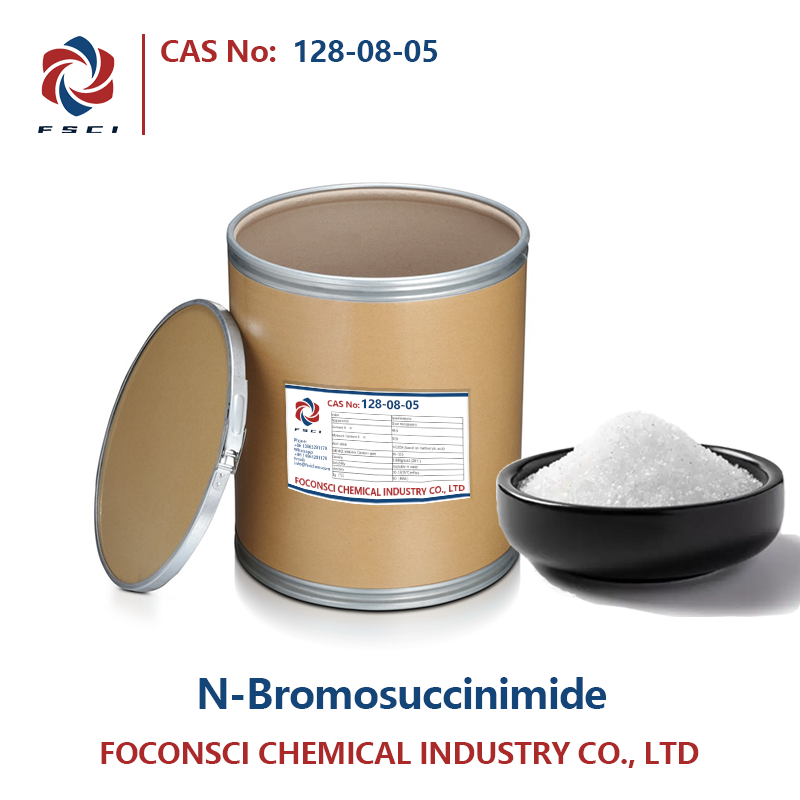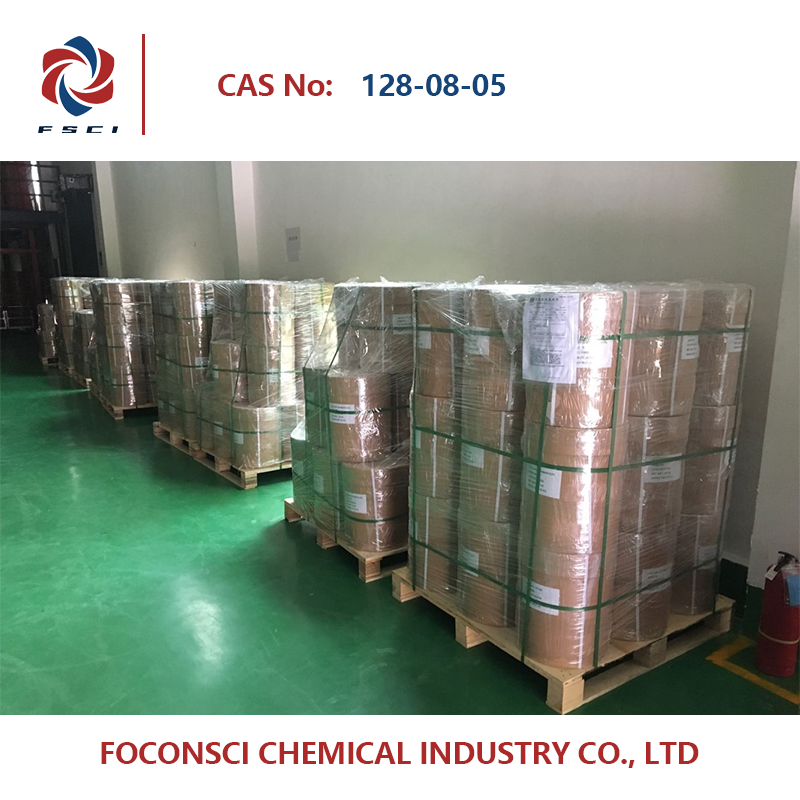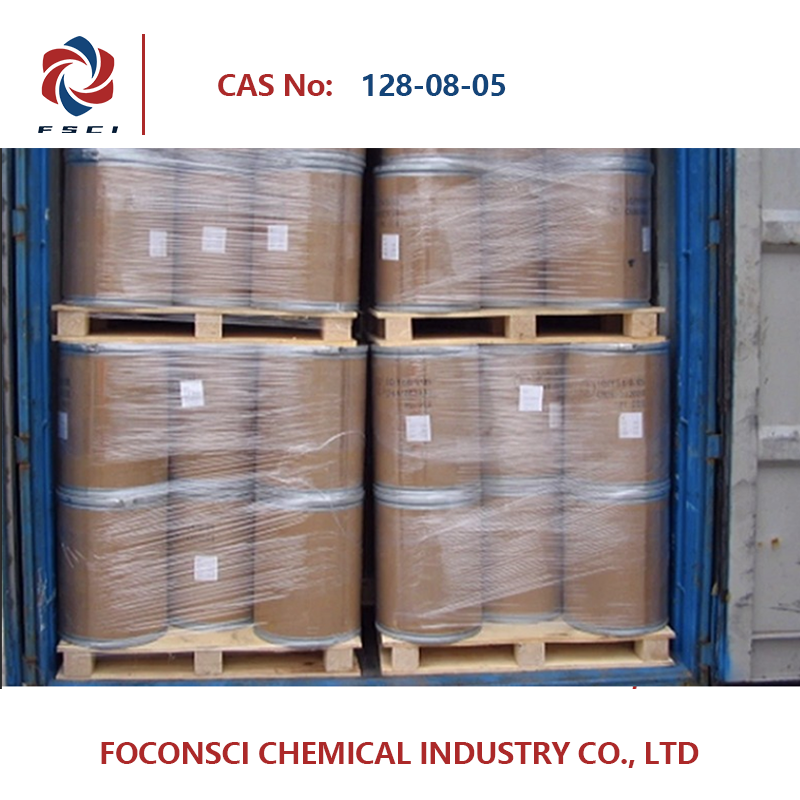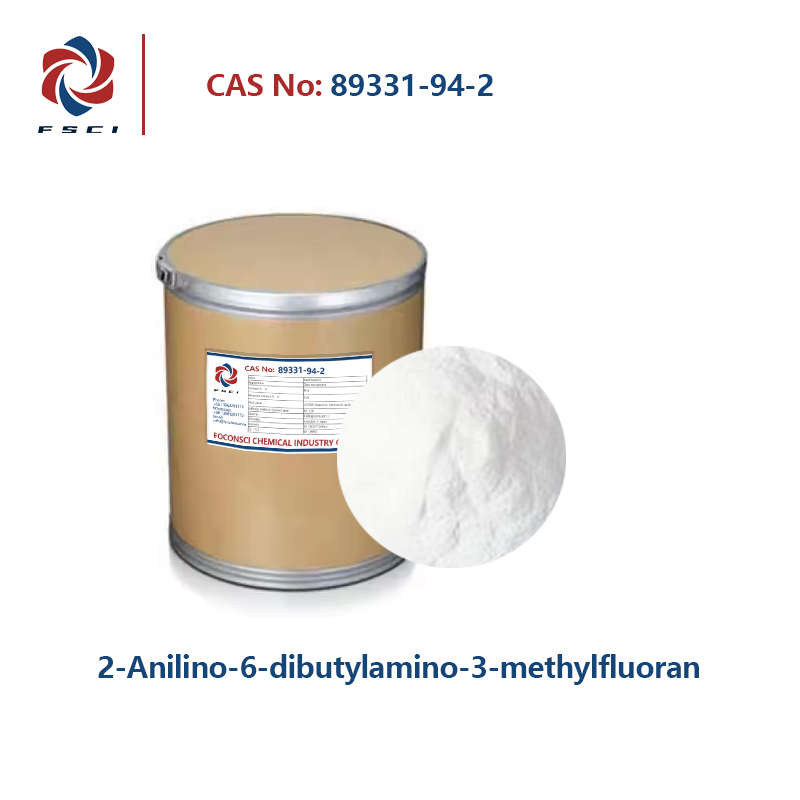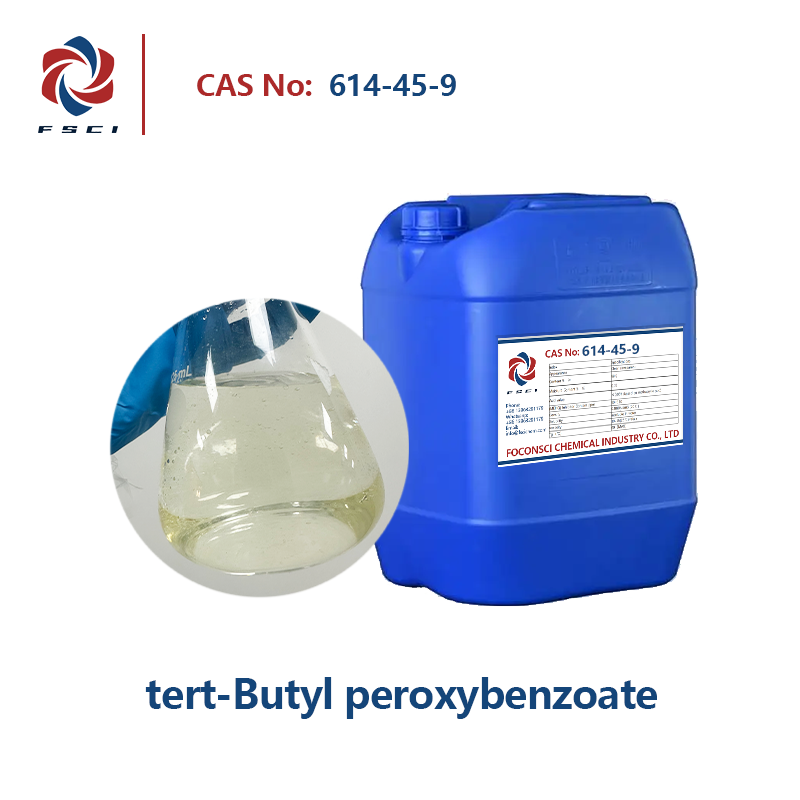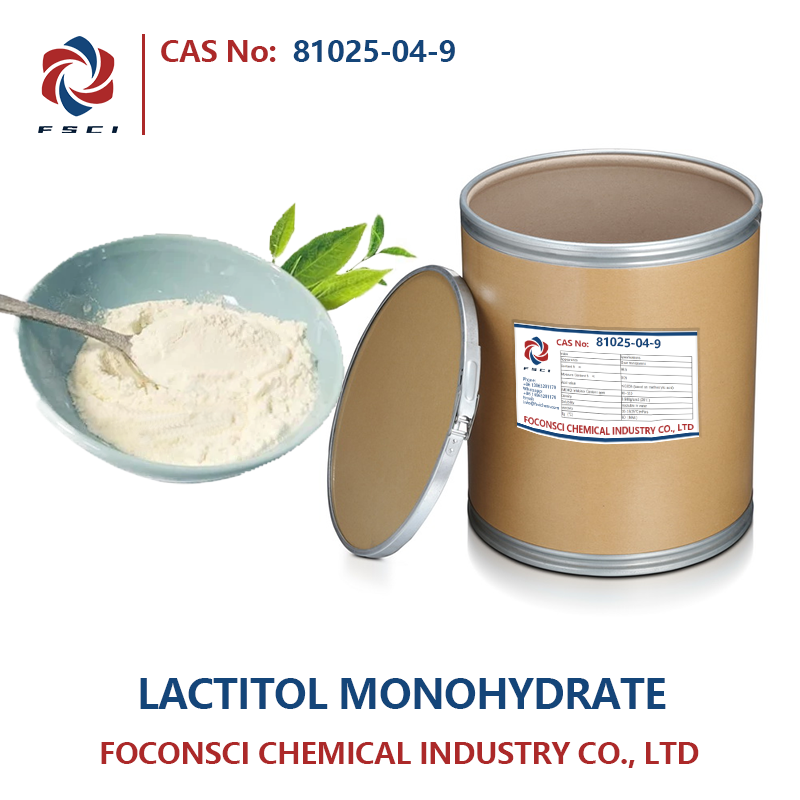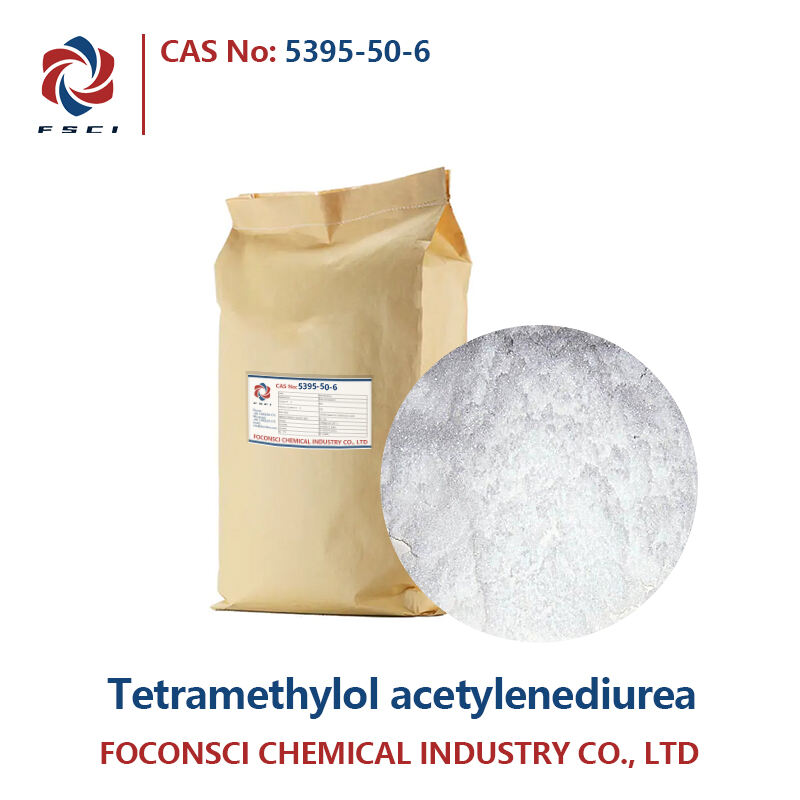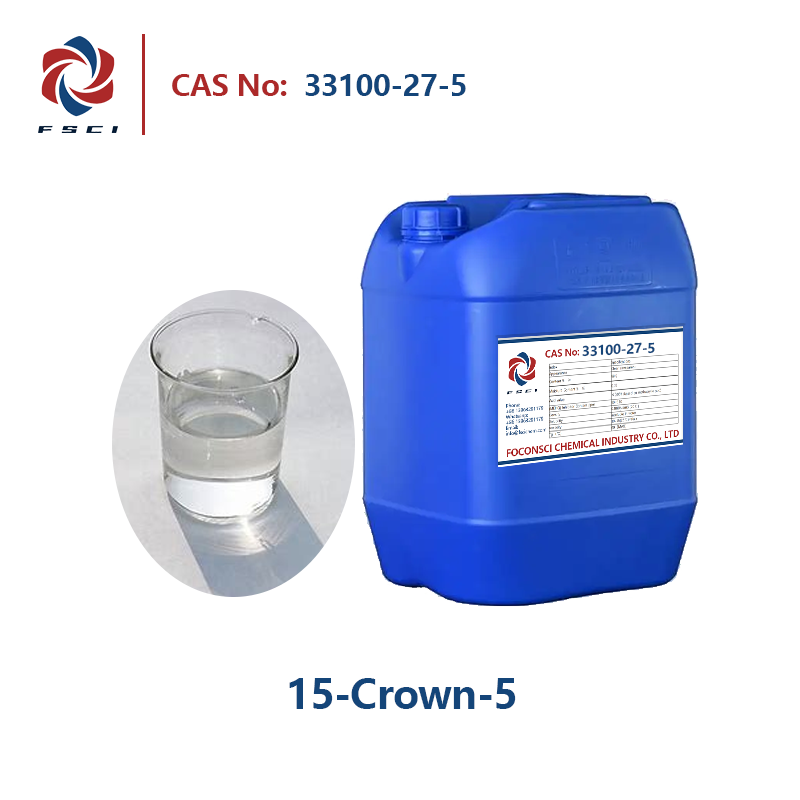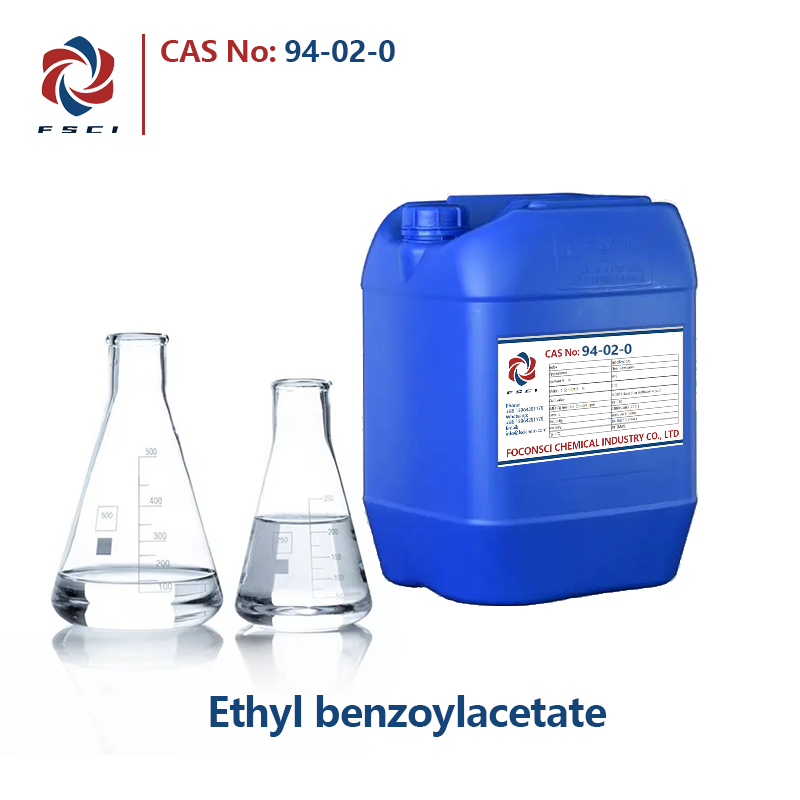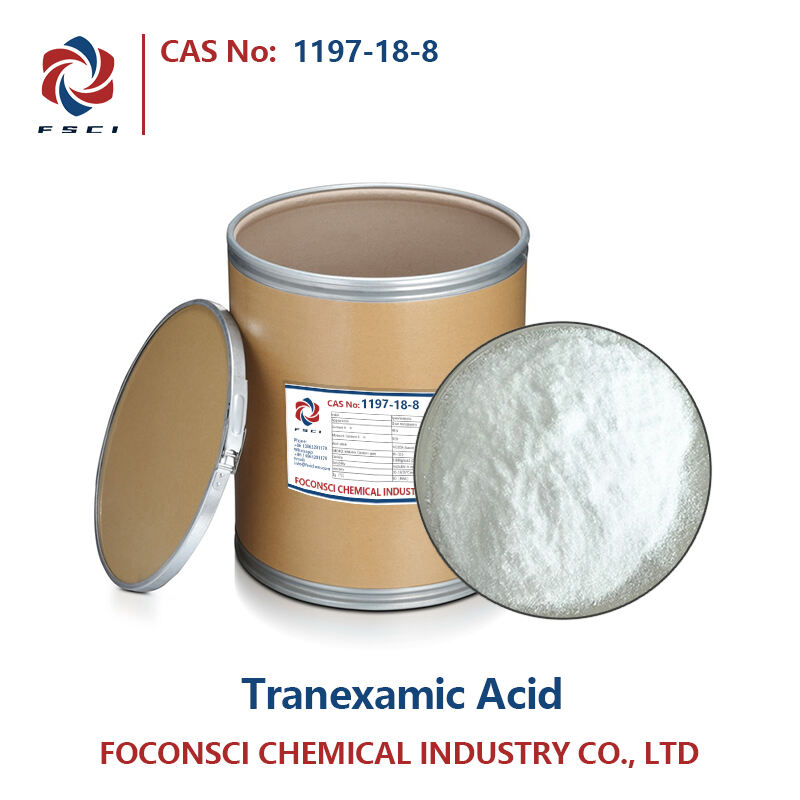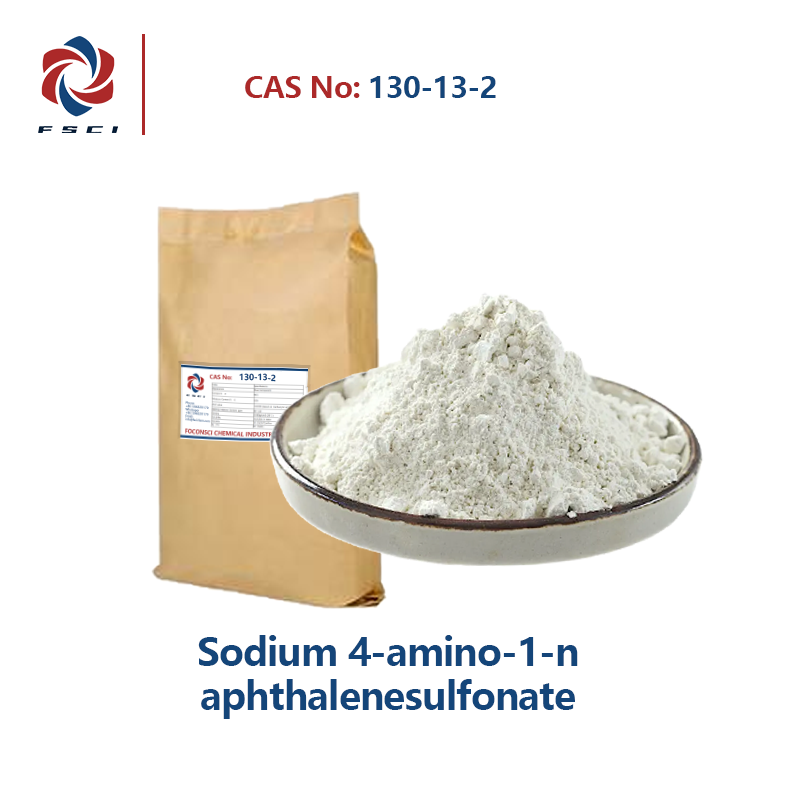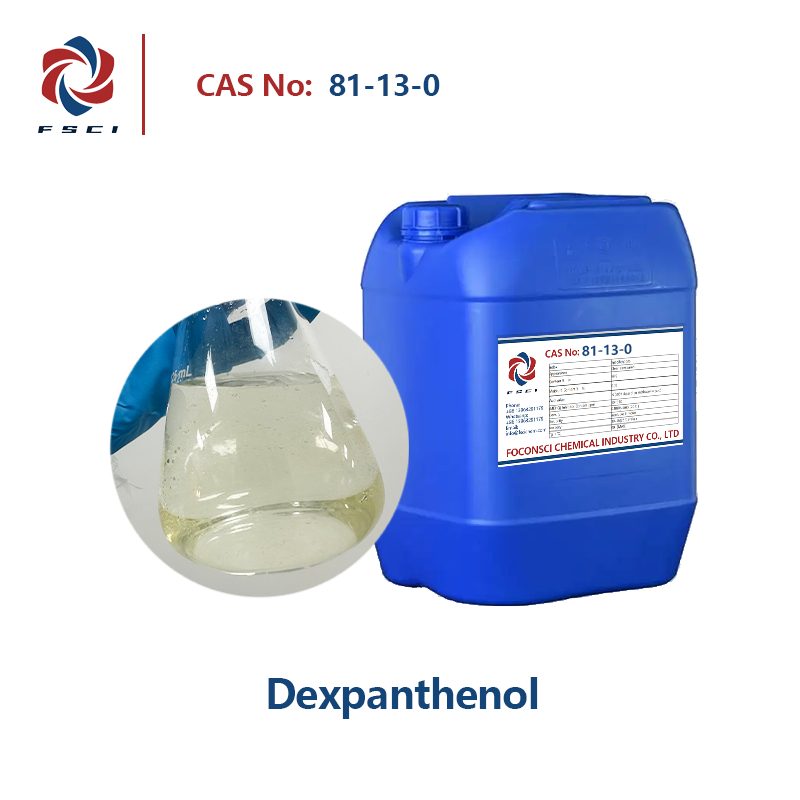N-Bromosuccinimide (NBS) CAS 128-08-5
Chemical name: N-Bromosuccinimide
Synonymous names:NBS;bromosuccinimide;N-BROMOBUTANIMIDE
CAS No:128-08-5
Molecular formula:C4H4BrNO2
Molecular weight:177.98
EINECS No:204-877-2
- Parameter
- Related products
- Inquiry
Structural formula:

Product Description:
|
Items |
Specifications |
|
Appearance |
White or light yellow crystal |
|
Assay |
99% MIN |
|
effective bromide |
44% MIN |
|
Water dissolution test |
water-soluble |
|
Acetic acid dissolution test |
meet the requirements |
|
chloride |
1.0% MAX |
|
dry weight loss |
0.5% MAX |
Properties and Usage:
N-bromosuccinimide (NBS for short) is an efficient organic chemical reagent, commonly used in bromination and oxidation reactions, with excellent selectivity and reactivity, mainly used in organic synthesis, pharmaceutical chemistry and the manufacture of polymer materials.
1. Oxidation reaction in organic synthesis
NBS is a selective oxidant that can oxidize alcohols to aldehydes or ketones, especially in the oxidation reaction of alcohols and ethers, showing excellent selectivity and efficiency. It can provide precise chemical transformation when synthesizing compounds containing ketones or aldehydes.
2. Free radical initiator
NBS promotes polymerization reactions by generating stable free radicals. It is often used as an initiator for free radical polymerization reactions in polymer synthesis and polymerization chemistry, especially in the manufacture of polymer materials and the synthesis of new polymers.
3. Bromination reaction
NBS is a commonly used bromination reagent, mainly used for selective bromination reactions, especially in the allylic bromination of olefins and the side chain bromination of aromatic compounds. Compared with other bromination agents, NBS can provide higher selectivity and milder reaction conditions.
4. Pharmaceutical Chemistry and Natural Product Synthesis
BS is used to introduce bromine atoms or perform oxidation reactions to synthesize biologically active compounds. It is used not only as a bromination reagent, but also as an oxidant in drug synthesis to achieve the desired chemical transformation, thereby helping to synthesize pharmacologically active molecules.
5. Synthetic intermediates
NBS is a key intermediate for the synthesis of pesticides, dyes and additives. Its high efficiency helps to achieve precise chemical transformations of complex organic molecules.
6. Laboratory Applications
NBS is used in laboratory research to explore new reaction pathways and synthetic methods. With its high efficiency and selectivity, it has become an important tool for chemists to develop new reactions.
Storage conditions: Ventilate and dry at low temperature, separate from aniline, dialkyl sulfide, hydrazine hydrate, peroxide and propionitrile.
Packing: This product is packed in 25kg cardboard drums, and it can also be customized according to customers' requirements


 EN
EN
 AR
AR
 BG
BG
 HR
HR
 CS
CS
 DA
DA
 NL
NL
 FI
FI
 FR
FR
 DE
DE
 EL
EL
 HI
HI
 IT
IT
 JA
JA
 KO
KO
 NO
NO
 PL
PL
 PT
PT
 RO
RO
 RU
RU
 ES
ES
 SV
SV
 TL
TL
 IW
IW
 ID
ID
 LV
LV
 LT
LT
 SR
SR
 SK
SK
 VI
VI
 HU
HU
 TH
TH
 TR
TR
 GA
GA
 CY
CY
 KA
KA
 LA
LA
 MN
MN
 KK
KK
 LB
LB

